 Sep 29: Harvest Moon
Sep 29: Harvest Moon
In many Native American cultures, September’s Full Moon is called the Full Corn Moon. This year, it is also the Full Moon closest to the September equinox, making it 2023’s Harvest Moon as well.
How to take pictures of the Full Moon
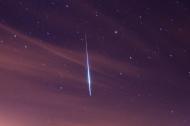 Oct 8/9: Draconid Meteor Shower
Oct 8/9: Draconid Meteor Shower
The best time to see the shooting stars of the peaking Draconids is just after nightfall.
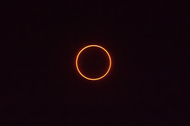 Oct 14: Annular Solar Eclipse
Oct 14: Annular Solar Eclipse
A ‘ring of fire’ will be visible in the sky across parts of the USA, Mexico, and Central and South America—if the weather permits.
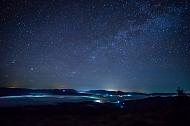 Oct 14: New Moon
Oct 14: New Moon
The New Moon phase is the best time to explore the night sky. Find planets, stars, and constellations using our Interactive Night Sky Map!
 Oct 21/22: Orionid Meteor Shower
Oct 21/22: Orionid Meteor Shower
The Orionids are the second meteor shower in October. The shower peaks on October 21-22 but usually remains active between October 2 and November 7. The best time to see these shooting stars is between midnight and sunrise.
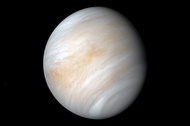 Oct 23: Venus at Greatest Elongation West
Oct 23: Venus at Greatest Elongation West
Venus shines brightly as the “morning star,” appearing at its farthest distance from the Sun.
Find Venus with our Interactive Night Sky Map
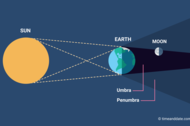 Oct 28/29: Partial Lunar Eclipse
Oct 28/29: Partial Lunar Eclipse
This partial lunar eclipse of the Hunter’s Moon will be visible from Europe, Africa, and Asia.
 Oct 28: Hunter’s Moon
Oct 28: Hunter’s Moon
The October Full Moon is traditionally called the Hunter’s Moon. October is a time to start preparing for the coming winter by hunting or slaughtering animals and preserving meat.
How to take pictures of the Full Moon
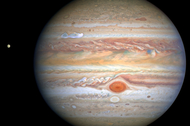 Nov 3: Jupiter at Opposition
Nov 3: Jupiter at Opposition
The largest planet in the solar system, Jupiter, lies opposite the Sun in the sky, and is visible all night.
Find Jupiter with our Interactive Night Sky Map
 Nov 13: New Moon
Nov 13: New Moon
The New Moon phase is the best time to explore the night sky. Find planets, stars, and constellations using our Interactive Night Sky Map!
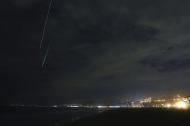 Nov 17/18: Leonid Meteor Shower
Nov 17/18: Leonid Meteor Shower
The Leonids’ shooting stars are visible between November 6 and 30, and peak on the night of November 17 and early morning of November 18, with up to 15 meteors per hour.
 Nov 27: Full Moon / Beaver Moon
Nov 27: Full Moon / Beaver Moon
November’s Full Moon is traditionally called a Beaver Moon, after beavers that build their dams during this time of the year.
Can you see the far side of the Moon?
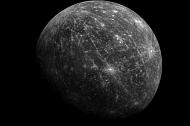 Dec 4: Mercury at Greatest Elongation East
Dec 4: Mercury at Greatest Elongation East
This might be a good time to try and spot Mercury: the planet appears at its farthest distance from the Sun in the evening sky.
Find Mercury with our Interactive Night Sky Map
 Dec 12: New Moon
Dec 12: New Moon
This month’s New Moon is at 23:32 UTC on December 12.
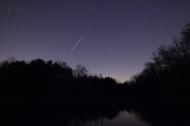 Dec 14/15: Geminid Meteors
Dec 14/15: Geminid Meteors
One of the best meteor showers of the year, the Geminids peak on the night of December 14 and early morning hours of December 15. This is just after New Moon, which should make this a great year for the Geminids.
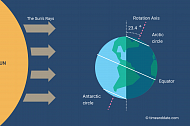 Dec 22: December Solstice
Dec 22: December Solstice
The December solstice will take place at 03:27 UTC. Also known as the winter solstice, it is the shortest day of the year in the Northern Hemisphere. In the Southern Hemisphere, it is the longest day of the year and is called the summer solstice.
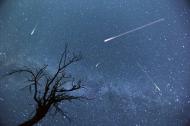 Dec 22/23: Ursid Meteors
Dec 22/23: Ursid Meteors
Catch the shooting stars of the last major meteor shower of the year, the Ursids, when it peaks in the night between December 22 and 23.
 Dec 27: Cold Moon
Dec 27: Cold Moon
One of the traditional names for the Full Moon in December is Cold Moon.
